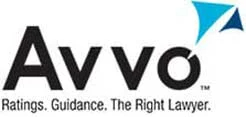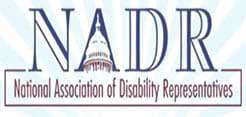Railroad Retirement is designed to provide retirement benefits, unemployment-sickness programs and comprehensive survivor benefits to railroad workers and their families. Railroad Retirement is given out by the Railroad Retirement Board (RRB). The RRB is part of the executive branch of government, but it is independent of the Social Security Administration (SSA).
What are the basic service requirements for Railroad Retirement?
You will need to have worked for the railroad for 10 years of creditable railroad service or for five years of service after 1995. As long as an employee is compensated for work performed under the Railroad Retirement Act on any given day, then that month will be included in the credits earned toward Railroad Retirement.
How much comes out of your taxes to support Railroad Retirement?
Tier 1 employees pay out 6.2% of earnings up to $132,900. Tier II employees pay 4.9% for earnings up to $98,700.
Medicare Tier III is taxed at 1.45% up to $200,000 and at 2.35% for any amount over $200,000.
Railroad Retirement pays more than Social Security in most cases. For example, someone receiving maximum benefits for Railroad Retirement could expect $2,700 monthly, while Social Security recipients are given only $1,400 monthly.
It can be complicated to know what kinds of benefits you’ll receive and when so if you’ve worked for the railroad, reach out to your attorney. They can help you find out if you have enough credits to qualify for Railroad Retirement and what you should expect to happen if you do not. Our site has more on this interesting type of retirement plan.




